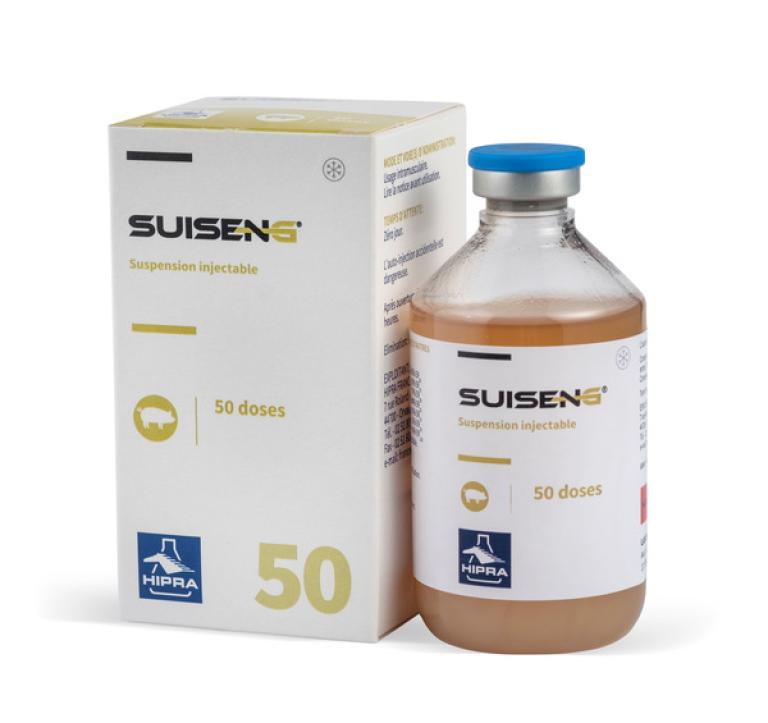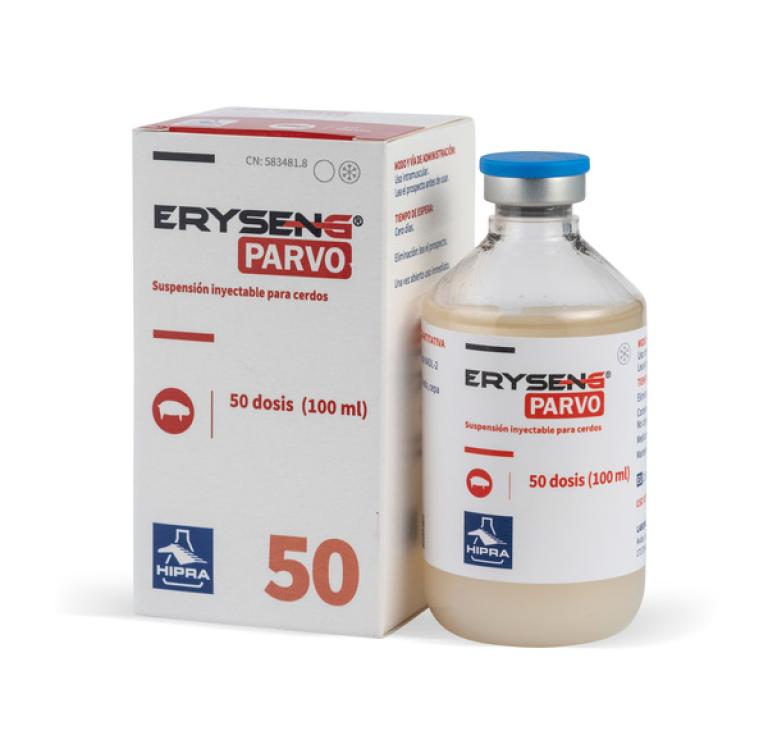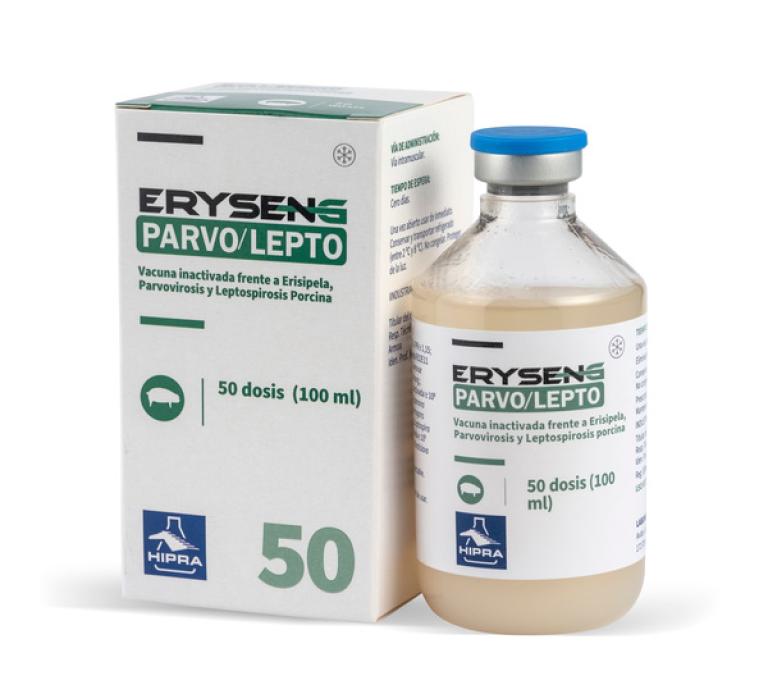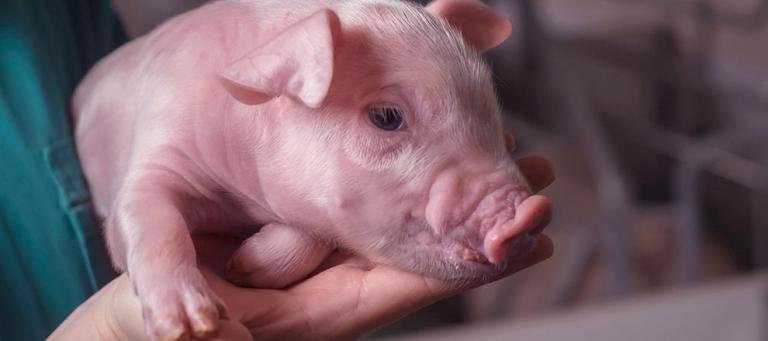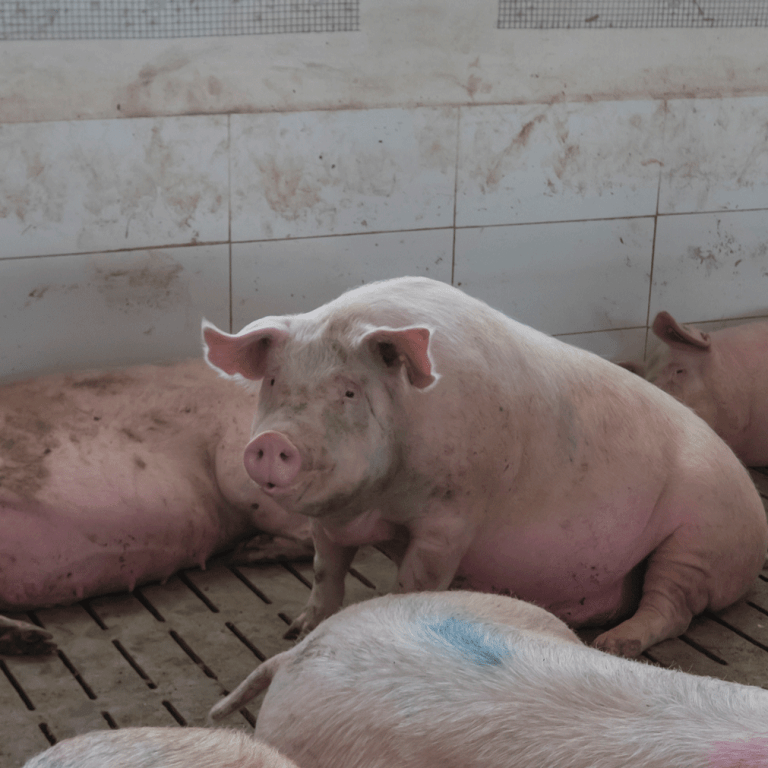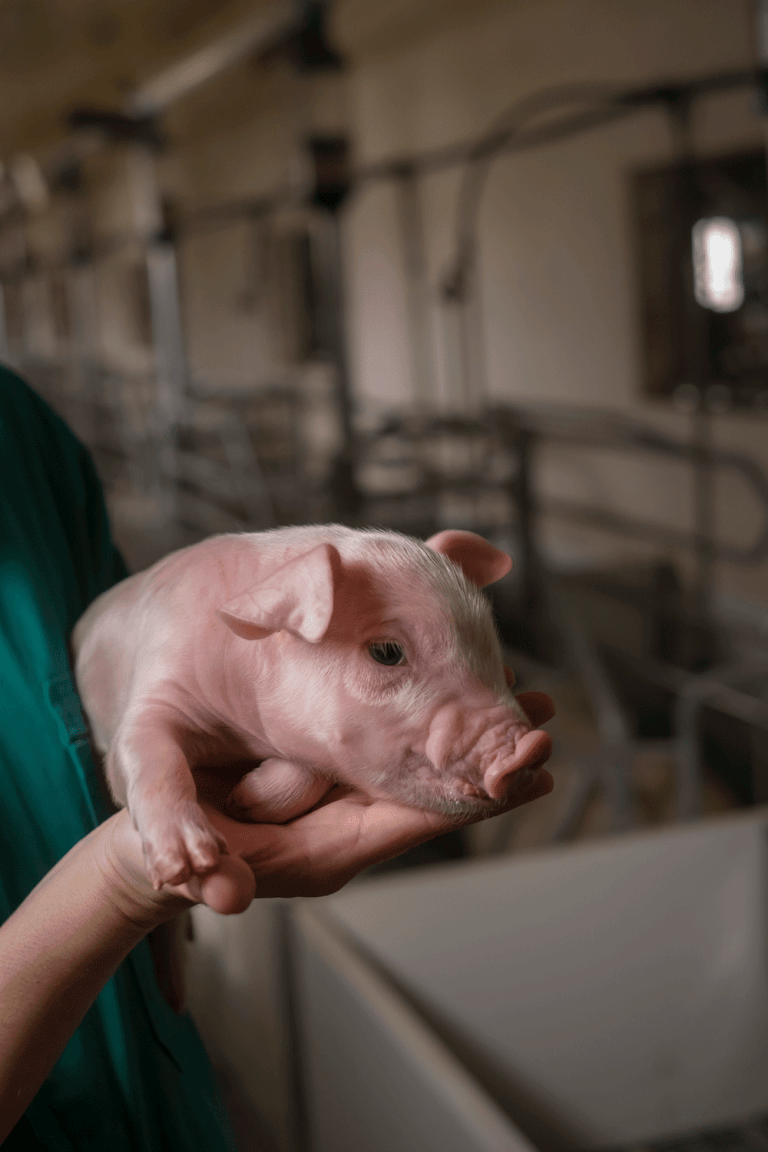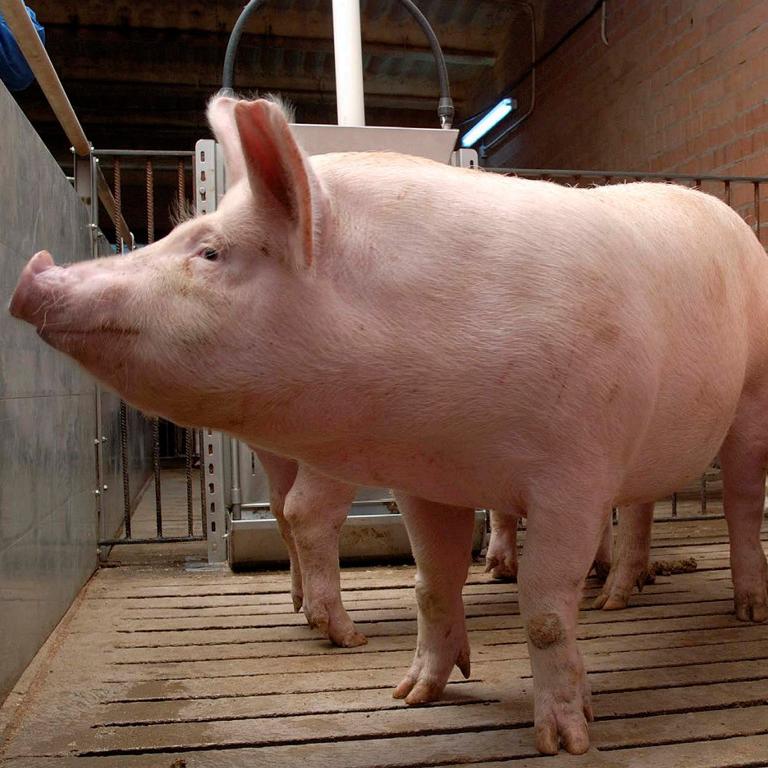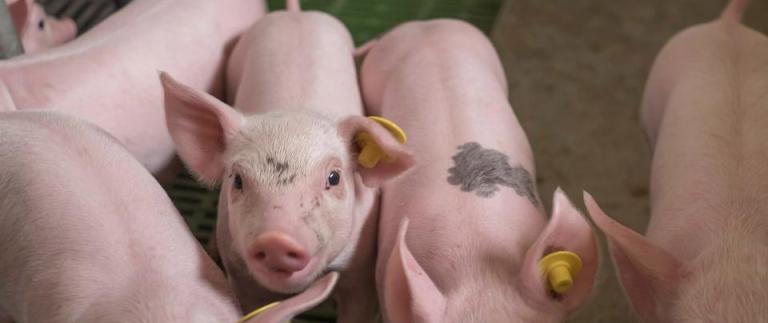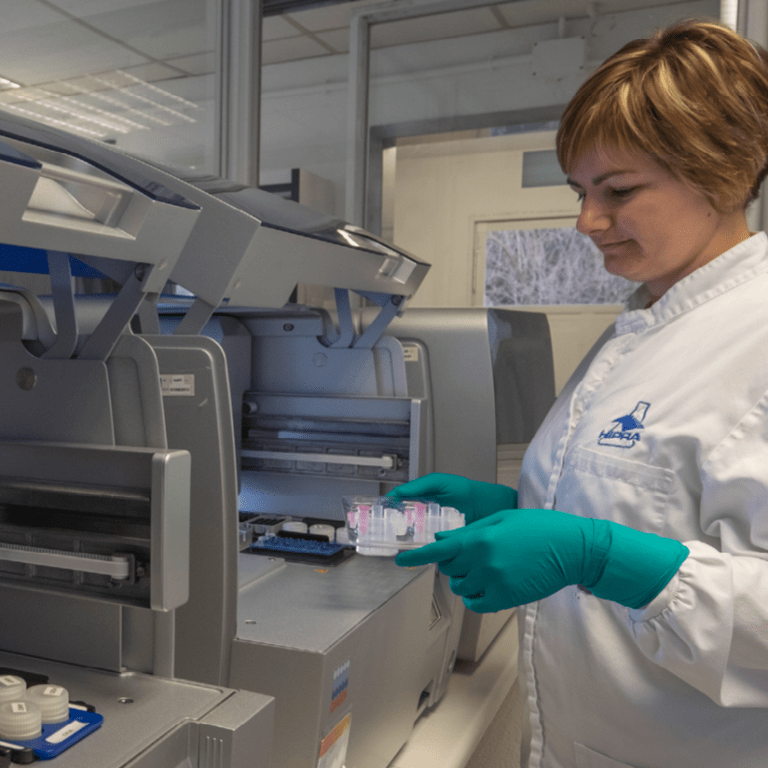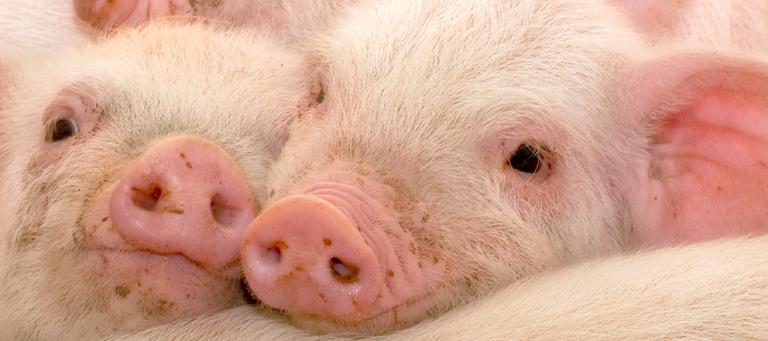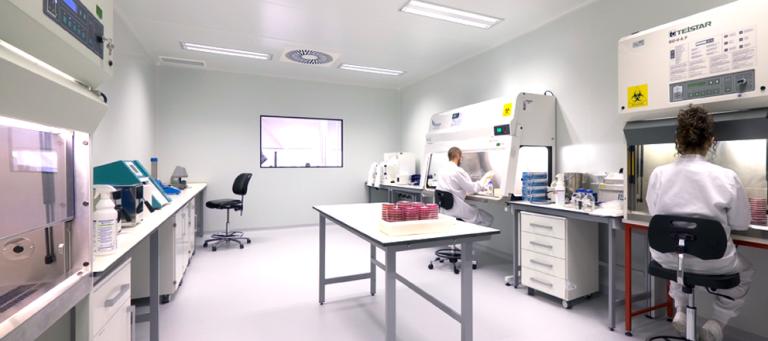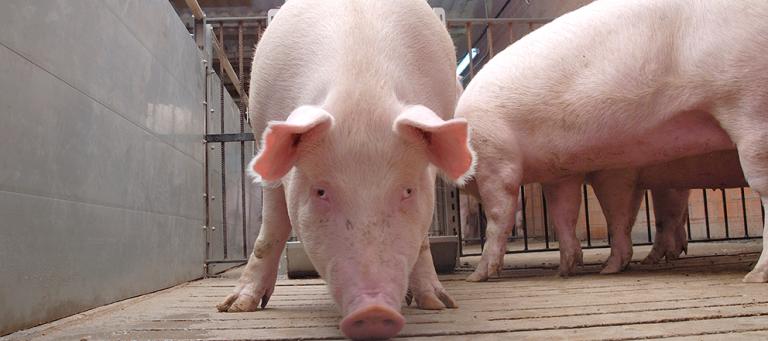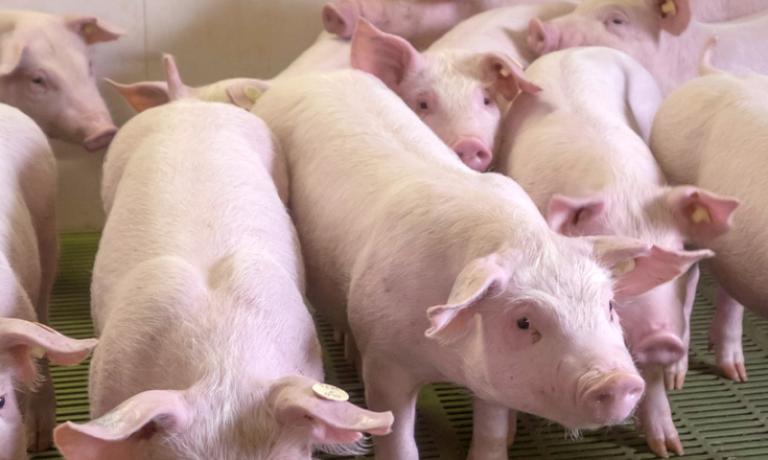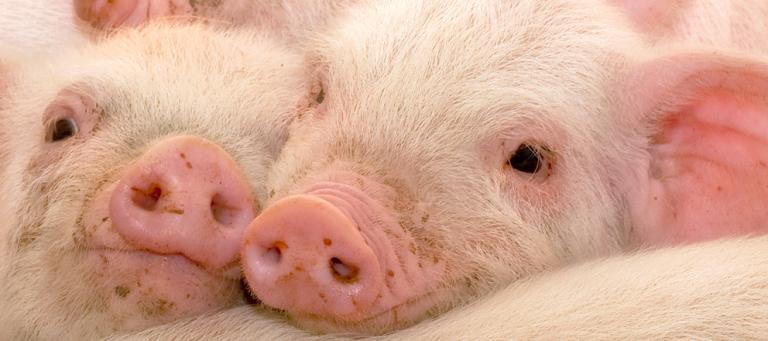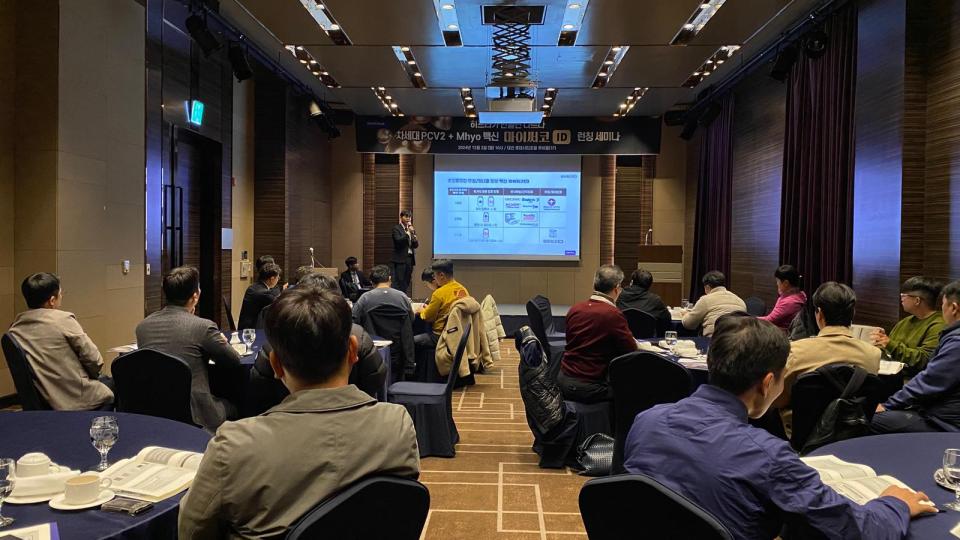Article written by:
Jesper Bisgaard Sanden
Porcus, Swine veterinary consulting, Denmark
4c. MANAGEMENT: Ensuring an optimal colostrum intake
The number of live-born piglets has been increasing for several years, and Danish piglet producers are now approaching 40 weaned piglets/sow/year.
With hyperprolific sows, a greater effort is involved in ensuring the survival of all the piglets.
The absorption of colostrum is vital to the piglets. Initially in order to obtain energy for heat, movement and growth.
Colostrum also contains important growth hormones needed for organs to mature, and antibodies to protect against diseases. The lower the colostrum intake, the greater the risk of piglets dying early in life.
Here is a checklist with the 10 most important points to ensure good colostrum absorption and hence good piglet survival.
1. Healthy sows
Healthy sows respond better to vaccination; they eat better and thus add more energy to foetal growth.
Healthy sows do not transmit infection to the foetuses during pregnancy. Farrowing requires a great deal of strength and energy on the part of the sow.
Sick sows often have prolonged farrowing and subsequently reduced milk production.
2. Feeding of the sow
A pregnancy with many foetuses requires a great deal of energy and many nutrients. It is therefore important that the sows are given good feed that is optimized for pregnant sows.
Remember that a well-optimized feed is worth nothing, unless the quality is good as well!
3. The sow’s body score
It is important that the sows have a suitable body condition score, so that they can mobilize energy for milk production - and at the same time be in good shape so that farrowing proceeds well and quickly.
4. Farrowing unit/crate environment
Since the piglets are born without protection against infection, it is important that they are born in a clean environment with a good hygiene level.
In order to prevent the piglets' limited energy stock being spent on heat production instead of overall development, the farrowing crate should not only be clean but also dry and warm.
It is a good idea to check the air flow. Even in stables with an adequate room temperature, a draught can chill the piglets.

All-in all-out batch system with an optimal cleaning and desinfection procedure
5. Stress-free sows and surroundings
Stress hormones affect both the length of farrowing and milk production.
Sows should therefore be placed in farrowing crates in good time before farrowing and can benefit from being given straw or other nesting materials that can satisfy their nesting behaviour.
When farrowing has started, the stable must be as calm as possible. To avoid stress, it is important that unnecessary noise is avoided and that all necessary work tasks in the stable are performed as quietly as possible.
6. Obstetric aid
The better the farrowing is and the more vital the piglets are, the better the sow will work. Obstetric aid, when needed, is therefore important.
A good guideline is that help is needed when the sow pushes without result or when the last-born piglet is seen dry in the crate.
7. Split Milking
Large litters give lower birth weights and thus less colostrum is available per piglet.
At the same time, sows often have more piglets than there are teats. It is therefore important to ensure that all piglets gain access to the udder and colostrum. During the first 12 hours after the start of farrowing, milk is continuously available in the udder.
Then the milk capacity is renewed approximately every 20 minutes. A good way to ensure that all the piglets obtain colostrum is to remove the largest and/or first-born piglets for 30 to 45 minutes.
During this period, the 10-12 smallest and/or last-born piglets will be able to reach the udder.

Litter from a hyperprolific sow
8. Litter Equalization and cross fostering
Large litters need litter equalization and cross fostering.
Always make sure that all the piglets have had enough colostrum before bringing them to a foster sow. This is ensured by waiting for 12 hours after birth with the smallest piglets. And at least 6 hours after birth with the largest piglets.
9. Supplement
The amount of colostrum is highest at 4th-5th parity.
Colostrum extracted from a sow that has just farrowed can be frozen and used as a supplement. In order to give a weak-born piglet energy, an energy supplement can be used to ensure that the piglets have enough energy to reach the udder and obtain the required amount of colostrum.
10. Vaccination management
In order to ensure that the sow has a sufficient level of antibodies in the colostrum, it is important that a good and relevant vaccination plan is prepared.
By taking existing farm diseases into account and the desire to protect sows and piglets against certain diseases, an appropriate vaccination programme must be hosen.
Vaccines with a high safety level and good immunity stimulation are preferable.
The vaccines must be stored and used according to recommendations. It is important that the sows are vaccinated 3 to 4 weeks before farrowing, as the amount of white blood cells and thus the level of antibodies is at its highest at the time the colostrum is formed in the udder.




